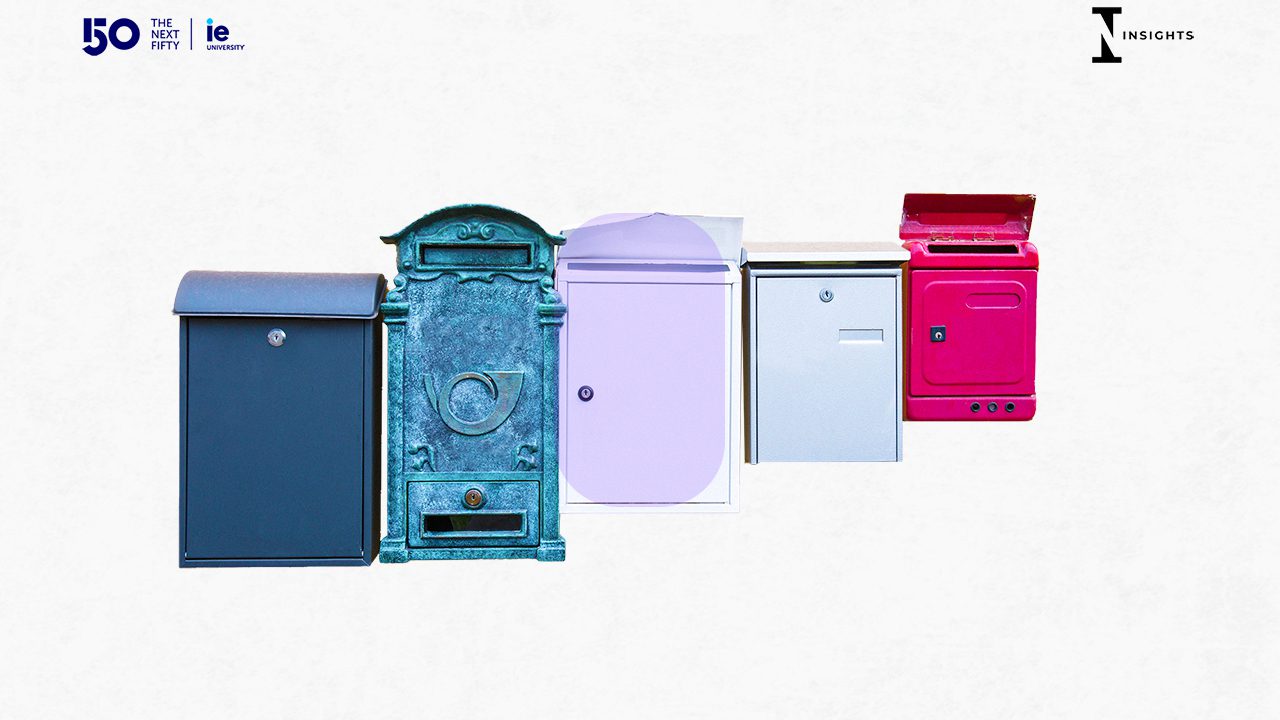Link copied
IE insights - IDEAS TO SHAPE THE FUTURE - Creativity

The Art and Reason of Communication
Meaningful communication will be reembraced to cut through the noise of the online world.
As an ’80s kid who grew up in a rural area, I had a neighbor with whom I’d exchange notes. Our mailbox (an old coffee can, which was blessedly rain-proof) was hidden in a far corner of my family’s property, adjacent to hers. We’d take turns writing to each other about our favorite TV shows, which Lisa Frank stickers were the coolest, which friends were being “so lame” at school. Interestingly, we weren’t best friends or even very close. We were just two kids who enjoyed expressing ourselves and sharing that with someone else. Sometimes, outside of my immediate family, she was the only person I “talked” to all day.
Contrast that with today, a typical Friday, wherein I’ve received hundreds of emails and texts, and none have been about fun things like TV shows and unicorn stickers. Maybe a handful of today’s communications made me feel connected to another human, and the rest were just a lot of noise. And sadly, its effect is like that of any noise – when it’s loud enough, other things get drowned out.
I’ve worked as a writer in the greeting card business for more than eighteen years now. How and why people connect looms large over what I do, and is an ever-changing target. Two things I’ve learned for certain about meaningful connection: it’s hard to find but when you do, it’s transformative.
Indeed, these days, moments of real contact feel few and far between. This could be, in part, because of the amount of pseudo-connection we constantly engage in – whether willingly or not – from spam texts and marketing messages to social media. We are frantically putting out and receiving communication all day long. How much of it is meaningful?
Maybe it’s because of all this pinging and grabbing at our attention, but we also seem to spend less time trying to understand one another. For example, Karl Pillemer of Cornell University recently found that over 27% of the US population reports being estranged from a family member, which means tens of millions of Americans are disconnected from at least one relative. More often than not, this disconnect between two family members can have a ripple effect on the family system as a whole. And this doesn’t even begin to touch on the divides that have happened among friends, over things like politics and COVID protocols. We have lost both the art and the reason of communication.
So how do we get back to notes in coffee cans? How do we set aside the noise that slows us down and the difference that divides us and elevate that which lifts us up?
It comes down to intentionality. Those of us who hail from pre-internet times can remember when there wasn’t really a choice: if you sort-of did and sort-of didn’t like that kid at the bus stop but they were the only kid at the bus stop, you found a way to talk. More often than not, it turned out better than okay and you ended up learning something about someone else and about yourself. Now, everyone is at the bus stop and we’re all just staring at our phones.
What we’ve seen recently — and what I think we as a society will continue to hone into the future — is the desire to be more thoughtful about whom we choose to connect with and how. Much like Marie Kondo’s notion of only keeping things that “spark joy,” we’ll hold close the connections that work, let go of the ones that don’t, and find better ways to block out the noise. And since a lot of that noise increasingly happens online and in the virtual world, I foresee a reembracing of some of our tried-and-true methods of communication, like the handwritten letter.
© IE Insights.
